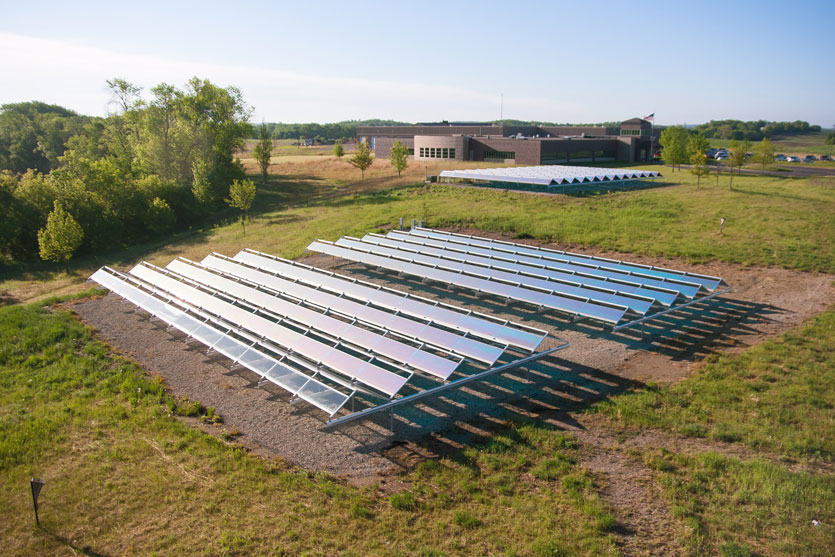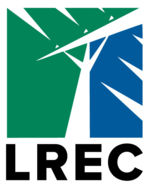Community solar is an affordable, low-risk way for LREC members to benefit from solar energy without any of the hassles of designing, permitting, installing, maintaining, and insuring your own photovoltaic solar array.
Phase II Community Solar is sold out. Contact us if you would like to be on a waiting list for a possible future project.

WHAT MEMBERS ARE SAYING ABOUT COMMUNITY SOLAR
“Community solar is the perfect fit for our seasonal lake home. The kWh credits our panel produces in the winter are carried forward so we can use them during the summer.”
“Purchasing solar through Lake Region allowed us to invest in solar without going through the hassle of installing our own solar panels.”
“LREC’s Easy-Pay option provided us with an affordable way to purchase our own solar panel. We pay just $40 a month for a full panel, with the charge conveniently located right on our electric bill.”
“It is a rewarding feeling to be part of a local renewable energy project.”
LREC COMMUNITY SOLAR II FACT SHEET
Location: | LREC Headquarter Campus, Pelican Rapids, MN |
Array Size: | 24.6 KW DC – 18 KW AC |
Average Annual Energy Production: | 35,000 kWh |
Total 20-Year Energy Production: | 700,000 kWh |
Project Construction: | LREC |
Solar Panel Manufacturer: | tenK Solar (made in Minnesota) |
Foundation Manufacturer: | Hubbell Chance (made in USA) |
Cell Type: | Polycrystalline Silicon |
Module Dimensions: | 52” X 77” |
Number of Panels: | 60 |
Wattage per Module: | 410 |
Average Annual kWh per Module | 584 |
Cost Per Installed Watt: | $3.41 |
Cost per kWh Produced: | 12¢ kWh |
Retail Rate Crossover: | Year 3 |
LREC COMMUNITY SOLAR FEATURES
Minnesota Made Panels
LREC’s Community Solar project features a solar photovoltaic (PV) system manufactured and assembled right here in Minnesota. The tenKsolar® system is designed to be more efficient, productive, reliable, and safer than other solar PV systems available today.
The tenK difference begins with their innovative, patented design. Unlike conventional PV panels which are wired and connected in series, the PV cells within each tenK module and all modules in the array are connected in parallel. One advantage of the parallel matrix connection is that a panel doesn’t have to be uniformly illuminated in order to produce electricity. This reduces the impact of shading and allows the module to accept reflected light. So, where there is empty space between rows of conventional solar modules, tenK adds a row of reflector panels to increase the output. The reflector panels, using a special 3M film, are designed to reflect only the wavelength of light that can be used by solar cells - increasing energy production as much as 44%.
Designed for Safety
In addition to increased energy production, the tenK design provides built-in safety. Traditional solar modules produce current any time they receive sunlight—with DC voltages in the 300VDC-600VDC range—and they cannot be turned off. tenKsolar® systems operate at a much lower 57VDC voltage and connected in parallel only produce current when there is a complete circuit. Maintenance personnel and firefighters can throw the disconnect switch and shut off power to the array.
 Lake Region Electric Cooperative
Lake Region Electric Cooperative